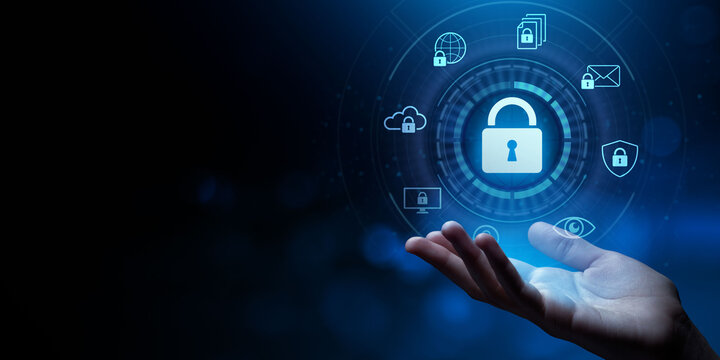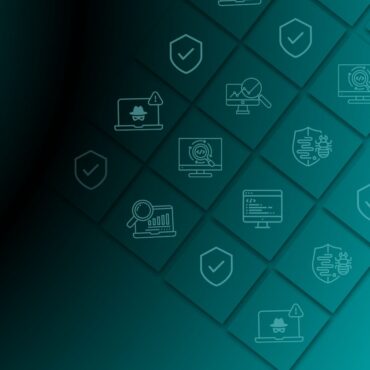
By Elías Cedillo Hernández
CEO and Founder of GrupoBeIT, BuroMC, and Elite Infrastructure Services
Talking about operational technologies (OT) today means talking about greater interconnectivity and increased cyber risk exposure. Cybersecurity has shifted from a technical function to a strategic responsibility of executives. Aligning organizations with international frameworks such as ISO/IEC 27001 and ISA/IEC 62443, and building an Industrial Cybersecurity Management System (ICMS), is a decision that directly impacts business continuity, operational resilience, and corporate reputation.
According to Gartner, organizations that integrate cybersecurity into business decisions accelerate enterprise value. PwC Mexico highlights that over 80% of companies plan to increase cybersecurity budgets, recognizing its direct financial impact. The Inter-American Development Bank warns that OT environments require differentiated risk management due to their critical role in physical infrastructure and public safety.
Complementarity in IT/OT environments with ISO/IEC 27001 establishes the requirements for implementing an Information Security Management System (ISMS), applicable to any organization. Meanwhile, the ISA/IEC 62443 series addresses the specific challenges of OT environments, such as industrial plants, SCADA systems, and control networks. These frameworks are complementary: ISO/IEC 27001 provides the management structure, controls, and continuous improvement processes, while ISA/IEC 62443 adapts those controls to the OT context, considering constraints related to availability, physical security, and technological compatibility. Integrating both enables holistic protection of digital and physical infrastructure, aligning security with business objectives.
The management model for industrial cybersecurity, outlined in the Guide for Building an Industrial Cybersecurity Management System (ICMS) developed by the Industrial Cybersecurity Center (CCI), proposes a framework structured around six domains: strategy, risk management, organizational culture, technical standards, resilience, and continuous improvement. This approach enables industrial organizations to anticipate risks, minimize the impact of incidents, and ensure operational sustainability.
Aligning the organization with international cybersecurity frameworks and adopting an Industrial Cybersecurity Management System (ICMS) delivers tangible benefits that go beyond the technical realm. First, it significantly reduces operational and financial risks by preventing incidents that could disrupt critical processes or lead to regulatory penalties. Additionally, it strengthens regulatory and contractual compliance—an essential factor in highly regulated sectors such as energy, healthcare, and transportation.
Another key benefit is the enhancement of corporate reputation. Organizations that demonstrate a proactive cybersecurity posture build greater trust among investors, customers, and strategic partners. Furthermore, implementing an ICMS optimizes resources by integrating security processes with other management systems—such as quality, environmental, or occupational safety—creating operational synergies. Finally, this approach enables the development of internal talent in industrial cybersecurity, fostering critical competencies to address the challenges of the digital environment.
To realize these benefits, the CEO must take an active and strategic role in secure digital transformation. First, it is essential to drive the adoption of frameworks such as ISO/IEC 27001 and ISA/IEC 62443 from the executive level, ensuring that cybersecurity is embedded into the corporate strategy. Second, it is recommended to establish an ICMS as a transversal, autonomous system that is compatible with other management systems—enabling a comprehensive view of risks.
It is also essential to assign clear roles and responsibilities, including the creation of a Cybersecurity Committee and the appointment of an ICMS leader with the authority and resources to act. Promoting a security-driven culture is another critical pillar: ongoing training, staff awareness, and the definition of specific policies are key actions that strengthen the organization’s defensive posture. Finally, the CEO must ensure the existence of key performance indicators, regular audits, and continuous improvement mechanisms to evaluate the effectiveness of the ICMS and adapt it to changes in the environment.
Cybersecurity is no longer just a technical issue—it is a leadership decision. Aligning the organization with international frameworks and building an Industrial Cybersecurity Management System (ICMS) is a strategic investment that protects the present and secures the future. The CEO must be the driving force behind this transformation, leading with vision, commitment, and accountability.
References:
El Economista: Ciberseguridad como inversión clave para la continuidad del negocio
PwC México: La ciberseguridad desde la perspectiva del CFO
Banco Interamericano de Desarrollo: Gestión de riesgos cibernéticos en entornos OT
Normas y estándares de ciberseguridad: qué son y cómo elegir el adecuado
LATAM CISO Report 2024: Lecciones de la primera línea. [PDF]
Applying ISO_IEC 27001-2 and the ISA_IEC 62443 Series.pdf [PDF]
Informe 2024 sobre el estado de la tecnología operativa y ciberseguridad. [PDF]












Post comments (0)